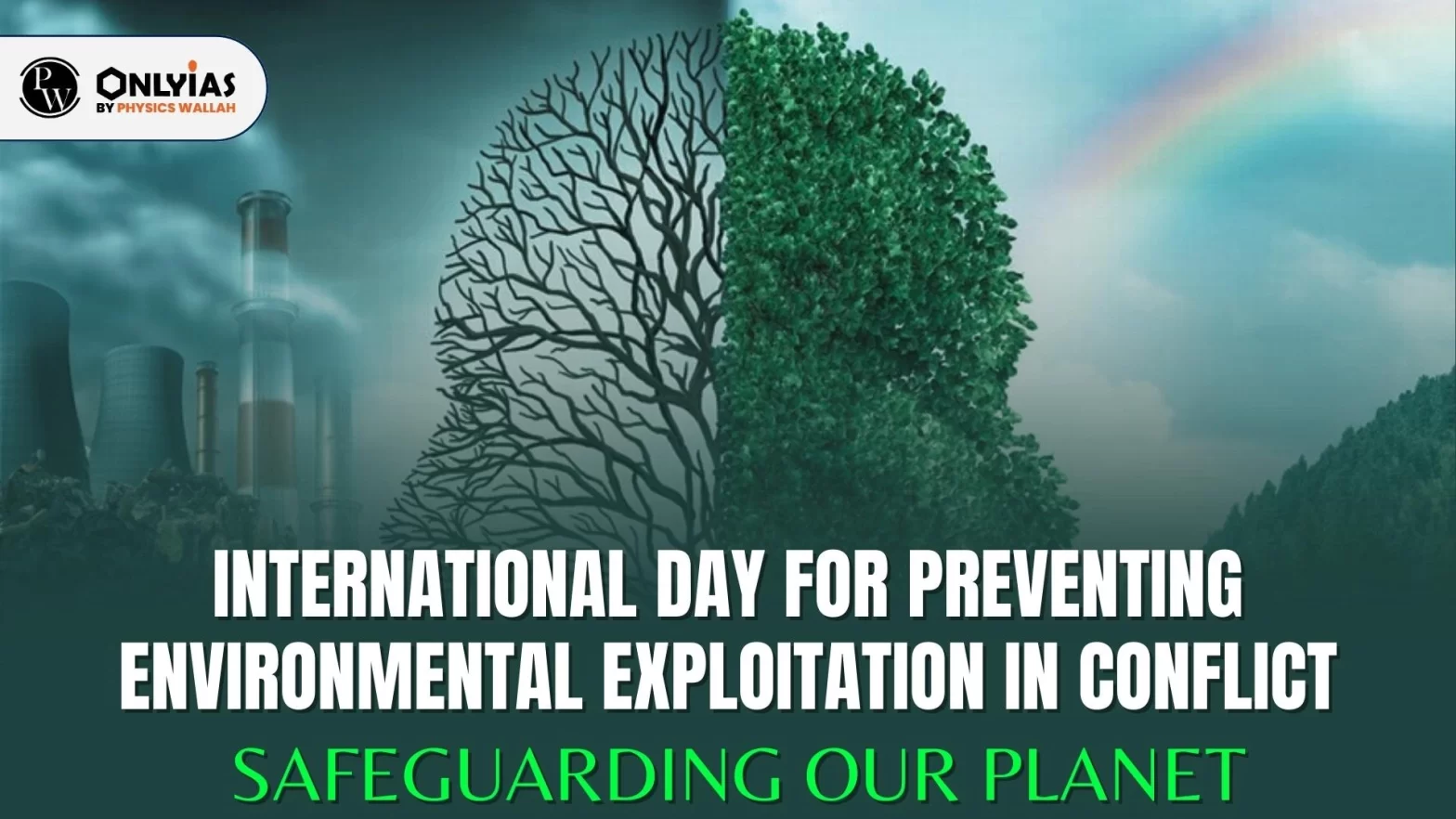Context: On November 6th of every year, the United Nations observes the International Day for Preventing the Exploitation of the Environment in War and Armed Conflict.

| Must Read | |
| NCERT Notes For UPSC | UPSC Daily Current Affairs |
| UPSC Blogs | UPSC Daily Editorials |
| Daily Current Affairs Quiz | Daily Main Answer Writing |
| UPSC Mains Previous Year Papers | UPSC Test Series 2024 |
On November 6th of every year, the United Nations observes the International Day for Preventing the Exploitation of the Environment in War and Armed Conflict.
The resolution for declaring November 6 as International Day for Preventing the Exploitation of the Environment in War and Armed Conflict was passed by United Nations in 2001. It has been celebrated annually on 6th November since 2001.
UNICEF reported that 96% of the water from Gaza’s aquifer are now unfit for human consumption and only a tenth of Gazans get direct access to safe water and children are the worst victims.
The 1977 Additional Protocols I and II to the Geneva Conventions specifically address the protection of the environment during armed conflicts.

<div class="new-fform">
</div>